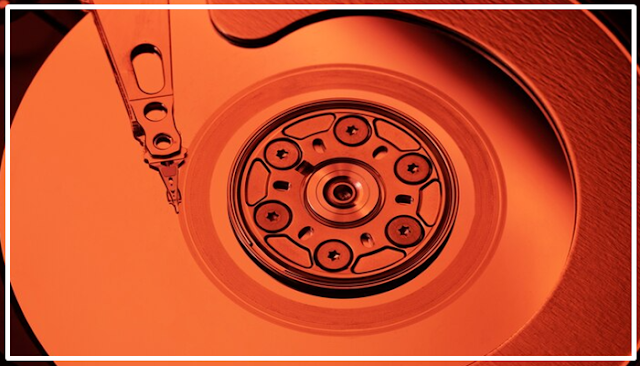As they roll off the assembly line, most cars have blank (or smooth) brake discs. This rotor has a complete surface area for brake pads to grip. Because of the friction this creates, your car will slow down. Smooth rotors are the most popular option because of its low cost, ease of production, and ability to provide reliable braking performance for tens of thousands of kilometers under typical circumstances.
Rotors with cross holes
These rotors have holes punched into the surface to help disperse heat more efficiently. The vehicle's stopping distance is increased, and brake fade is mitigated, thanks to this. Additionally, the perforations let water to swiftly drain in rainy conditions, preventing it from interfering with the initial stopping distance. Cross-drilled rotors are the greatest option for auto enthusiasts searching for an improvement that provides superior performance in all weather conditions.
Disc brakes with slotted rotor blades
On the surface of slotted rotors, you'll see narrow slots or lines. Slots, like the cross-drilled rotors, are an efficient way to increase airflow and speed up the drying process. Slotted rotors are preferable to cross-drilled rotors for trucks and off-road vehicles because the rotor surface does not get blocked with mud, dirt, dust, and debris. The brake fade is reduced because the gases produced by the excessive heat may escape via the gaps.
Slotted and drilled rotor blades
The name accurately describes the benefits of these rotors, which combine those of drilled and slotted designs. If you're a car aficionado, a street performer, or just a driver who wants the most out of your vehicle, drilled and slotted brake rotors are the way to go. They respond rapidly in both dry and wet circumstances, heat dissipates rapidly, brake fade is minimized, and their lifespan is extended. They represent a high-priced choice that may be made.
Is the material you picking for your disc brakes the best option?
To ensure safe and effective operation, your vehicle's braking system requires careful consideration of the material you choose. If your disc rotors aren't doing their job, problems will arise. There is a noticeable difference in the effectiveness of disc rotors constructed from various materials. Take a look at the options below and choose wisely.
Brake rotor discs, cast iron
Brake rotors are often made from cast iron. They are compatible with a wide variety of cars, and come in either a single or two-piece design. (A two-piece rotor made of cast iron is required for high-performance automobiles.) However, the added mass of the vehicle is a consequence of the heavy materials used. This extra load is transferred to the front tires, making steering a bit harder.
Disc brake rotor material: steel
For a number of years, this material has been the preferred option among racers due to its thinness, light weight, and resistance to heat. But as compared to other possibilities, they don't endure very long since the deformed rotors make annoying sounds. Steel brake rotors are abler to handle the hot circumstances than cast-iron ones. Because of their small weight and ability to "grip," drag vehicles are more easily maneuvered.
Brake rotors made from multiple layers of steel
Steel sheets are stacked on top of one another and bonded together in this method. They can withstand wear and tear and won't bend or twist. In light of this, they have recently gained popularity among racers. Layered steel rotors' primary benefit is its long service life without the need for regular maintenance or replacement. Due to low demand, the supply of this rotor is restricted.
Brake discs made of aluminum
Brake rotors made of aluminum have a low melting point, therefore even though they disperse heat fast, they cannot be utilized in high-performance automobiles. Since they can't withstand the same amount of force as the rotors in a vehicle, truck, or SUV, they are limited to usage in motorbikes.

No comments:
Post a Comment